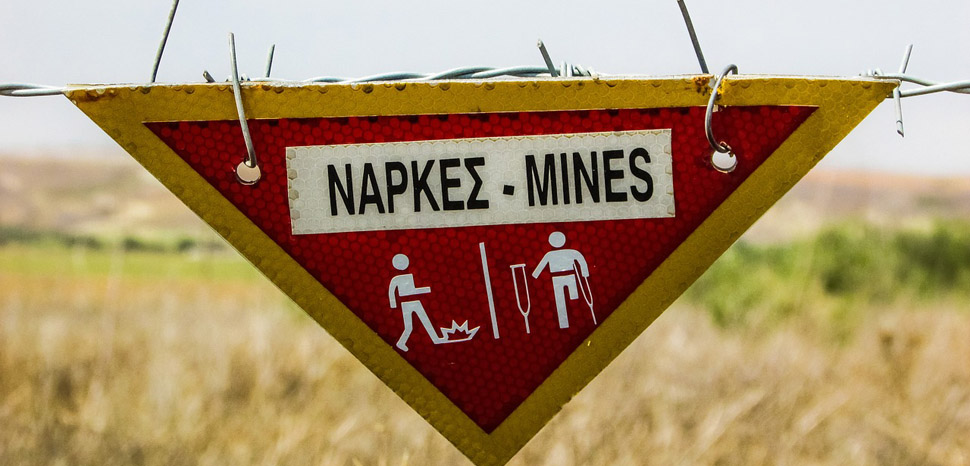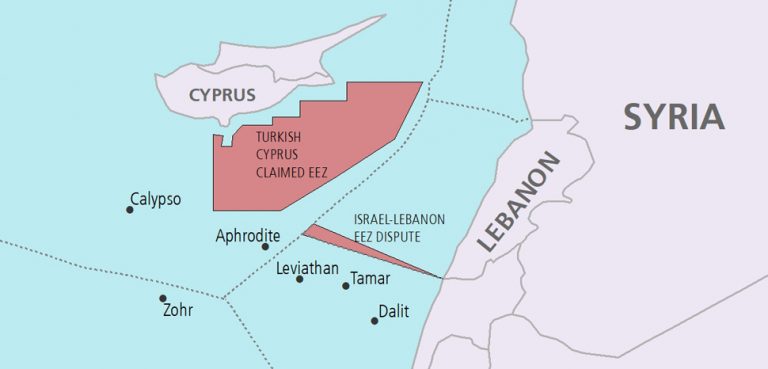On 10 July, a farmer in the rural township of Kutkai, in Myanmar’s northern Shan state, was working in his paddy field when a landmine concealed beneath vegetation exploded, inflicting severe injuries. The victim – a 39-year-old father of three – was rushed to hospital with shrapnel wounds to his left leg, hand and stomach, and fortunately survived. The area where the blast took place is home to multiple armed groups, who have fought the military – known as the Tatmadaw – for generations.
The story is sadly a familiar one in volatile remote border regions around Myanmar’s long perimeter, which are heavily contaminated with landmines as a result of unrelenting violence since the mid-20th century. The 2015 election victory of Aung San Suu Kyi’s National League for Democracy (NLD), after initial reforms introduced by the former ruling military junta in 2011, brought hope that insurgencies would die out and pave the way for landmine removal. Four years on, de-mining has still not started.
In the meantime, peace talks have stalled while hostilities in Shan state in the northeast, and Rakhine state in the west, have only worsened and made international headlines. Reports of indiscriminate killings, torture, ethnic cleansing and mass displacement have emerged, drawing frequent coverage in global media. Yet landmines have inflicted carnage under the radar. More often linked to former war zones elsewhere in Southeast Asia, mines are also a deadly hidden side-effect of Myanmar’s internal strife.
Myanmar’s landmine problem
Insurgencies have been waged by ethnic armies in Myanmar’s borderlands since the nation secured independence from Britain at the end of the colonial period in 1948. Landmines have been adopted as a vital tool of guerrilla warfare by rebels who have battled Naypyidaw for autonomy and resource rights in the remote, densely-forested and mountainous border regions of the northeast. Landmines are unsophisticated weapons; cheap to produce and easy to conceal along isolated roads and jungle paths, where they are planted to inflict casualties on the military without the risk of incurring losses.
Mines are regularly used by ethnic armies in rural ambushes against the Tatmadaw, and also for the defense of pockets of rebel-controlled territory in the countryside. Myanmar has not acceded to the 1997 Mine Ban Treaty, and government forces also regularly plant landmines during their offensives. The devices are allegedly used by the army to stoke fear and contain the spread of insurgent groups.
The International Campaign to Ban Landmines (ICBL) has recorded at least 4,193 casualties due to landmines in Myanmar since data collection began in 1999, with 537 killed and 3,538 injured. As a result of media restrictions and lack of access to conflict zones in Myanmar, the true figure is likely higher, with one humanitarian group estimating as many as 40,000 victims since the late 1940s. In terms of annual casualties – 202 in 2017 and 276 in 2018 – Myanmar comes first in Southeast Asia and ranks as the third-worst mine-affected nation globally, behind only Colombia and Afghanistan.
Myanmar’s most heavily-contaminated regions are along borders with China, India, and Bangladesh, in the active conflict zones of Shan, Kachin, Sagaing, Chin, and Rakhine. Further south in Bago, Kayah and Kayin – where conflicts have receded in recent years – areas along the border with Thailand are also heavily minded. In all, nine of Myanmar’s fifteen states and administrative regions are affected.
A disproportionate number of landmine victims are ethnic minority civilians living in rural townships. Villagers and farmers often sustain injuries when tending crops, venturing into the forest in search of food or tending animals; while children are often struck after inadvertently triggering a mine while playing outside. The impact on livelihoods and economic development in the countryside is huge – many blast survivors are blinded or require the amputation of a limb, leaving them unable to work.




